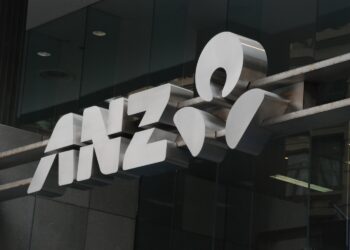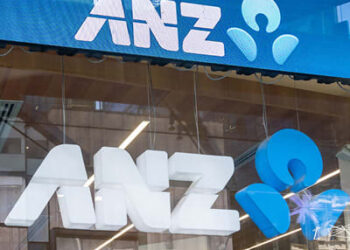NAB reported the result under its discontinued operations, with MLC Wealth posting a larger loss than the previous year’s $818 million.
The big four bank saw a $939 million loss over both of its exited brands (MLC Wealth and MLC Life) in financial year 2020.
Meanwhile cash earnings for the MLC Wealth business were slashed by 62 per cent year-on-year to $62 million.
Average funds under administration over the year slipped by 1.3 per cent to $115.2 billion, while average assets under management were down by 6.9 per cent to $160.5 billion.
MLC is transitioning through its $1.4 billion sale to IOOF, which is expected to be completed next year. The deal is in line with NAB’s strategy to simplify its business post-royal commission, falling in line with all of the big four banks’ moves to exit wealth management.
NAB also recognised customer remediation charges of $454 million, as a reduction to net profit in the full year, which included ongoing matters around non-compliant advice and other liabilities with the wealth segment.
The costs from MLC’s customer remediation are expected to continue to pile up for the big four bank despite the sale, with IOOF avoiding the bill by transferring advisers across to its own AFSLs.
Meanwhile NAB recorded $3.7 billion in cash earnings for the full year, a drop of 36.6 per cent year.
Excluding large notable items of $1 billion, the group’s cash earnings came to $4.7 billion, down 25.9 per cent on the prior year.
Net profit from continuing operations came to $3.4 billion, a 40.8 per cent plunge from the year before.
Revenue was down 1.4 per cent to $17.1 billion, while expenses rose by 2 per cent (excluding large notable items) to $7.6 billion.
NAB chief executive Ross McEwan noted the bank had felt the impacts of total forward-looking provisions of $1.8 billion, after the bank added $1 billion in the second half for extra cover around COVID.
“Stronger provisions are the right thing to do but have impacted FY20 cash earnings, which are down 25.9 per cent compared with FY19,” Mr McEwan said.
“In addition low interest rates and lower fee income contributed to a decline in revenue. While we are acutely aware of the need for disciplined cost management, costs rose in FY20 as we adjusted to the COVID-19 environment and started implementing our strategy refresh announced in April.”
Moody’s Investors Service vice-president Frank Mirenzi weighed in on the results, commenting lower interest rates are expected to pressure net interest margins and revenue, and in turn Australian bank earnings next year.
Across NAB’s segments, personal banking was the only division to see a rise in cash earnings, increasing 9.5 per cent to $1.3 billion.
The business and private banking business saw an 11.6 per cent drop to $2.4 billion, while corporate and institutional banking fell by 2.6 per cent to $1.4 billion and the New Zealand bank declined by 1.8 per cent to $1 billion.
Looking forward, Mr McEwan pointed to the stimulus for households and businesses in the federal budget, combined with a reopening of the state borders will provide a bridge to economic recovery.
The final dividend came to 30 cents per share, making the full-year payout 60 cents, in contrast to last year’s $1.66.







